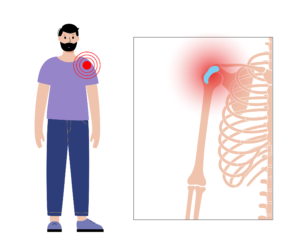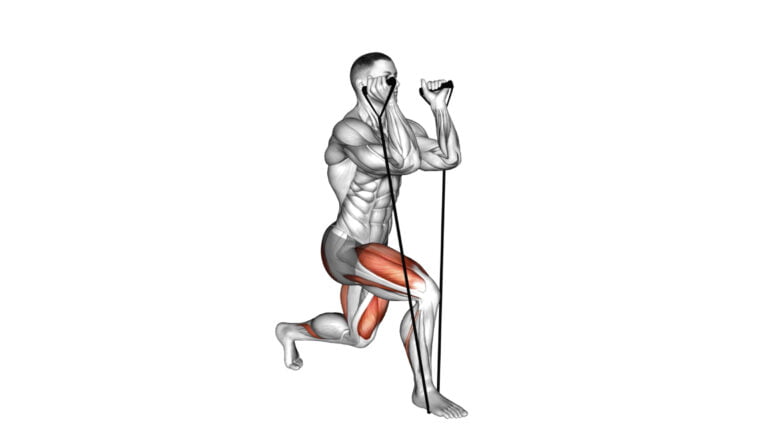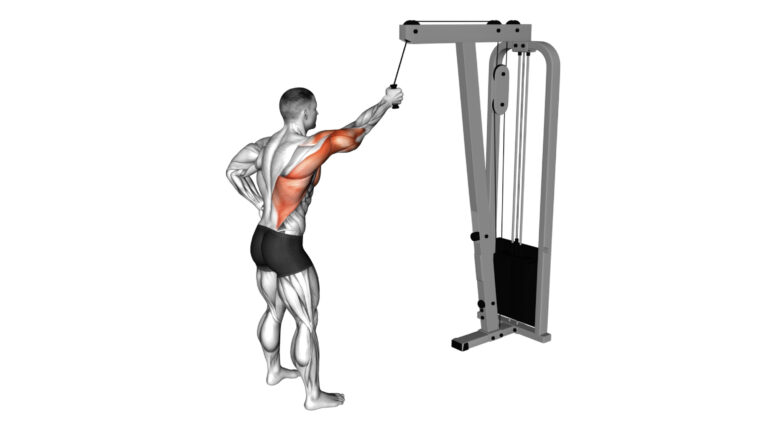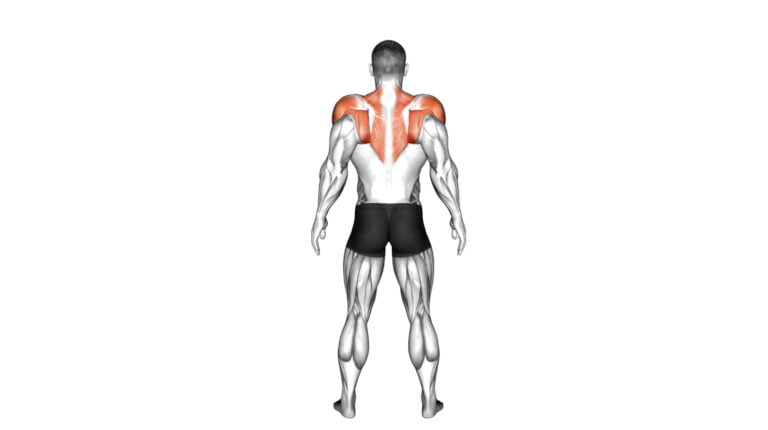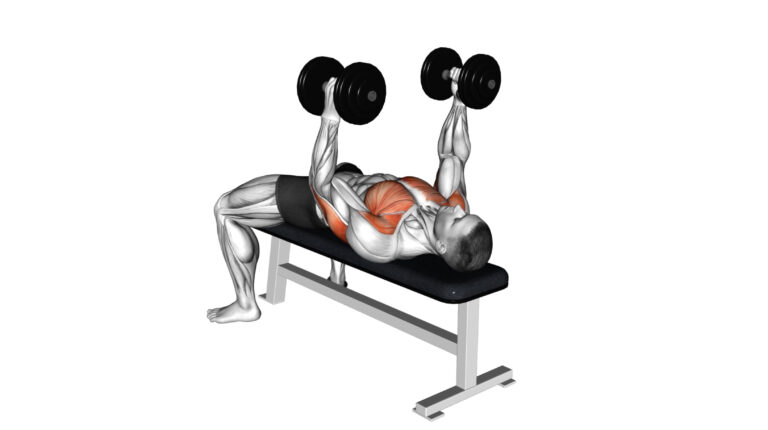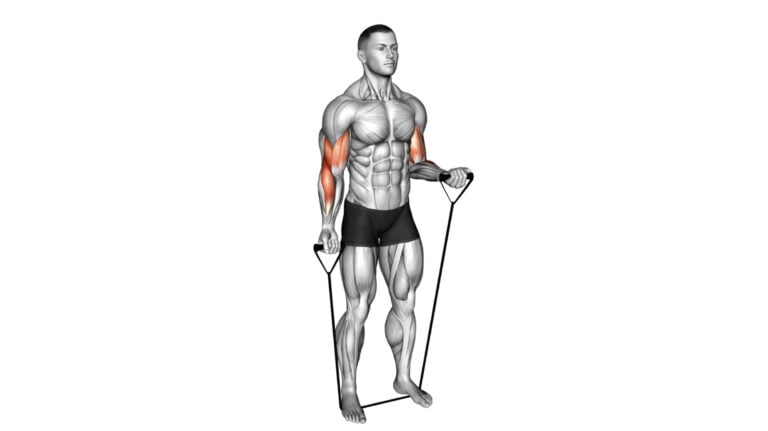Stop Making Mistakes: Most Common Exercises Done Incorrectly
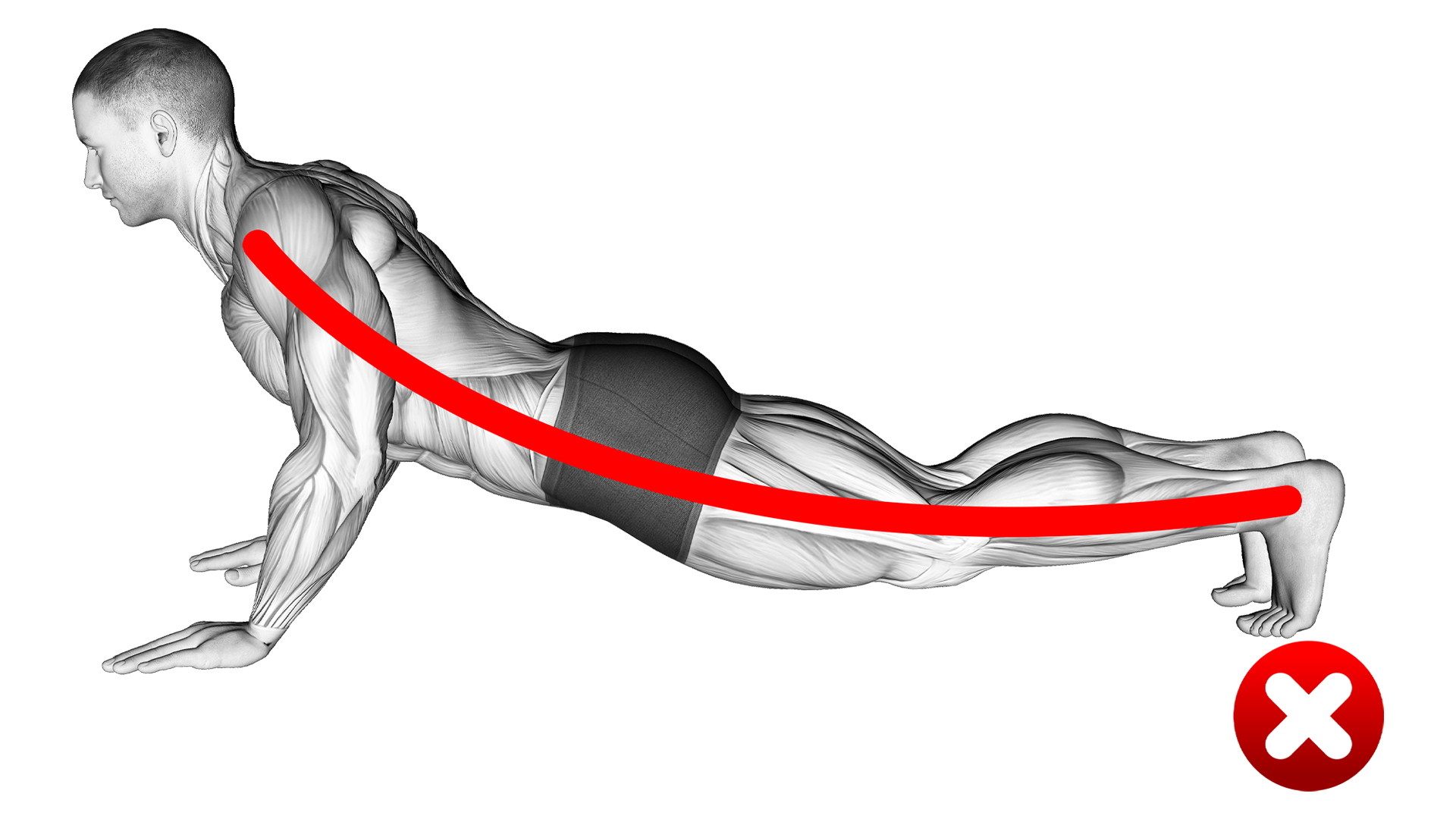
We all think we know how to do the most common exercises. But, many of us make mistakes without realizing it. These errors can stop us from getting the results we want and may even cause injuries.
This blog post will show you how to fix these issues in your workout routine.
I’m Serg Bayracny, with a Master’s degree in Physical Education and over ten years coaching in strength sports and fitness. I’ve seen first-hand how correcting tiny mistakes can lead to big improvements.
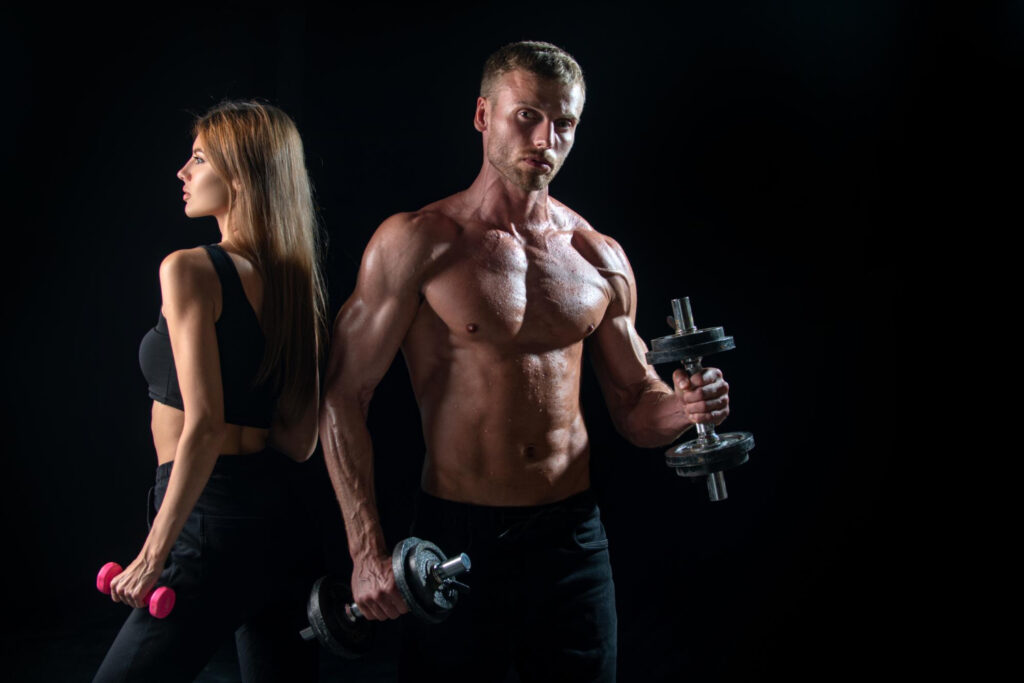
Read on for tips that could change your game….
Key Takeaways
- Stand right to stay safe: For exercises like squats, bicep curls, and overhead presses, how you stand is key. Feet should be shoulder-width apart for balance and to avoid strain.
- Keep your back straight: Whether doing planks or lifting weights, a straight spine prevents injuries and ensures the exercise targets the correct muscles.
- Move slowly and control: In push-ups, squats, and bicep curls, using controlled movements works your muscles more effectively than rushing through reps.
- Breathe properly during workouts: Breathing out when exerting force (like pushing up in a squat or curl) helps with performance and stamina.
- Use mirrors or videos to check form: This can help spot mistakes in posture or technique that you might not feel but could lead to injury if not corrected.
Correcting Common Exercise Errors
Fixing mistakes in the most common exercises done incorrectly can make a big difference. This makes your workouts safer and helps you get stronger, faster.

Squat Adjustments for Better Form
Getting squats right is crucial for bodybuilders. It builds strength in your legs and glutes and prevents injury. Here are tips to improve your squat technique:
- Feet should be shoulder-width apart to give you a stable base.
- Point your toes slightly outward to align with the direction of your knees.
- Keep your back straight by imagining you’re sitting down in a chair, which helps maintain proper posture.
- Let your hips go back first, then bend the knees, ensuring you don’t let those knees move past your toes.
- Brace your core throughout the movement for better balance and power.
- Drive through your heels to stand up, which targets the glutes more effectively.
- Focus on keeping shoulders back and chest out; this supports good form and prevents leaning too far forward.
- Use a mirror or record yourself to check form from the side; this can show if you’re maintaining a straight line from head to hips.
I’ve coached many in perfecting their squat, leading them to reach their fitness goals with less risk of injury.
Watch The Video – 7 Types Of Squats
Next, we’ll explore push-up techniques…
Push-Up Techniques to Maximize Benefits
Push-ups are a staple exercise in any fitness routine. Done properly, they can strengthen your chest, shoulders, and arms.
- Keep your body in a straight line from head to heels. This forms the base of a good push-up and engages your core.
- Place your hands slightly wider than shoulder-width apart. This position helps target the chest muscles better.
- Lower yourself until your chest almost touches the floor. Half-hearted efforts lead to less growth.
- Exhale as you push back up. This breath control improves performance.
- Engage your core throughout the move. It protects your lower back and enhances strength gains.
- Avoid letting your hips sag or stick up too high. Either mistake puts strain on your lower back.
- Look down or slightly forward, not straight ahead, to keep your neck aligned with your spine.
- Elbows should make a 45-degree angle with your body at the bottom of the move, not flare out wide.
- Don’t rush; perform each rep with controlled motion to maximize muscle engagement.
- Mix in variations like diamond push-ups or archer push-ups once you’re comfortable with the classic form to challenge different muscle groups.
Watch The Video – Top 10 PUSHUP Variations You Need to Do at Home
During my time coaching bodybuilders, I’ve seen how small tweaks in form can turn a simple exercise like the push-up into an effective full-body workout that also targets biceps and back muscles safely and efficiently. Keeping these pointers in mind will help you avoid common mistakes and ensure you’re getting the most out of this great exercise every time.
Proper Plank Positioning to Enhance Effectiveness
After thoroughly examining push-up techniques, we now shift our focus to planks. Mastering the plank enhances core strength and stability. Here is how you can make your plank position more effective:
- Start with your forearms on the ground. Make sure they are parallel to each other.
- Keep your elbows directly under your shoulders. This alignment reduces strain and increases support.
- Your body should form a straight line from head to heels. This is the starting position for a proper plank.
- Avoid letting your hips sag or lift too high. Keeping hips in line prevents back pain.
- Look down at the floor to keep your neck in a neutral position.
- Tense every muscle in your body—from legs to core—to stabilize yourself further.
- Breathe deeply and don’t hold your breath, as it will help maintain posture.
- Aim for time over speed; holding the position correctly for longer is more beneficial than rushing.
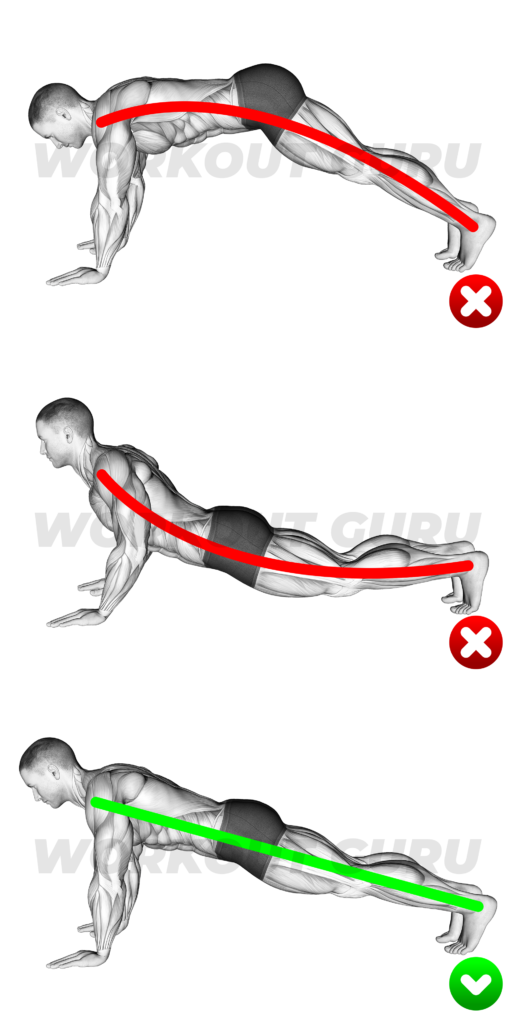
In my early days, I saw many people struggle with planks because they let their back arch or they didn’t keep their forearms parallel, leading to less effective workouts and sometimes injuries. Following these steps can significantly improve how you perform this exercise, making every second of the plank count towards building a stronger core and reducing your risk of common injuries linked with improper form like lower back strain or shoulder pain.
Watch The Video – 11 PLANK Variations You Haven’t Tried but NEED to ASAP
Keep practicing, adjusting as needed, and soon you’ll find that planks become a powerful part of your exercise routine without fearing pain or discomfort due to bad form.
Bicep Curl Corrections for Improved Strength
Bicep curls are a staple in any bodybuilder’s routine. But many folks still get them wrong, hindering their fitness progress.
- Stand with your feet shoulder-width apart. This stance provides stability and helps you focus on using your arm muscles, not your momentum.
- Keep your elbows close to your sides. This trick stops you from swinging the weights, which can lead to injury.
- Use weights that challenge but don’t strain you. Lifting too heavy can mess up your form; too light won’t build strength.
- Pull the weight towards your chest, keeping the movement smooth. Jerky motions put bad pressure on your joints.
- Do not let your knees or back do the work. If you’re swaying, the weight’s probably too heavy.
- Your back should stay flat, not arched or hunched. A straight spine keeps injuries away and targets the right muscles.
- Breath right—exhale when you lift and inhale when you lower the weight back down.
- Lower yourself back slowly after each curl to increase muscle work without adding risk.
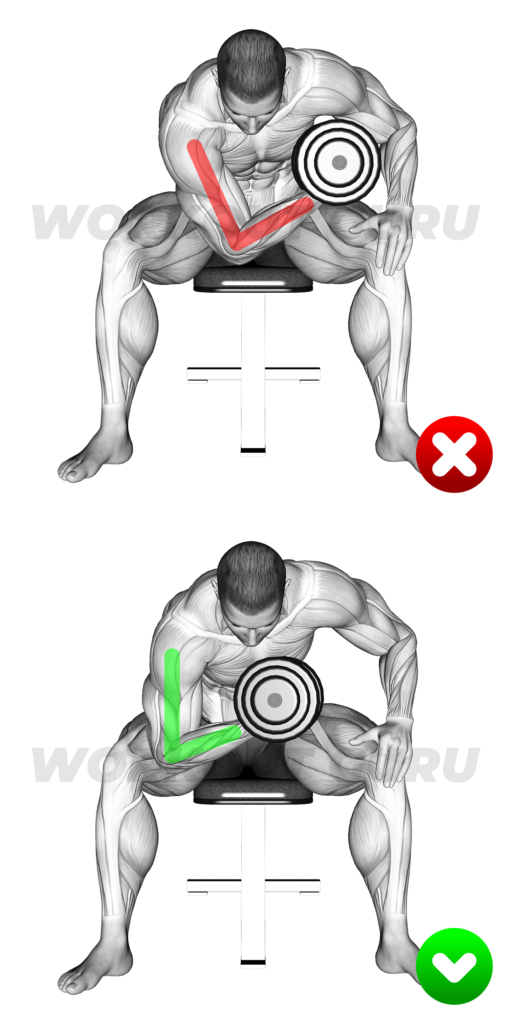
In all my years coaching, I’ve seen these mistakes include both newbies and pros trying to up their bicep game. Applying these tips makes a big difference in building arm strength safely and effectively—without messing up your posture or putting too much strain on other body parts like hips or shoulders.
Keep practicing with these adjustments; soon, performing bicep curls correctly will feel as natural as breathing!
Overhead Press Modifications for Safe Execution
Overhead presses are a key move for building shoulder strength. Yet, doing them wrong can quickly lead to injury.
- Stand with feet shoulder-width apart. This stance gives you the balance you need.
- Keep your back straight. Arching it puts too much strain on your lower back.
- Grip the bar just wider than your shoulders. This helps keep the pressure off your joints.
- Push the bar up directly overhead, not behind the neck. Lifting it behind can hurt your neck and shoulders.
- Your elbows should stay under the bar during the lift. This position boosts power and reduces risk of injury.
- Look straight ahead, not up or down, to keep your neck safe.
- Press from a full stand, not tiptoeing or leaning back to aid the push.
- Lower the weight slowly after lifting it up high enough for effective exercise without rushing.
- Keep your core tight throughout the move to support your spine.
Getting these right will make sure you build muscle without harming yourself.
Next, consider lunges for leg strength…
Conclusion
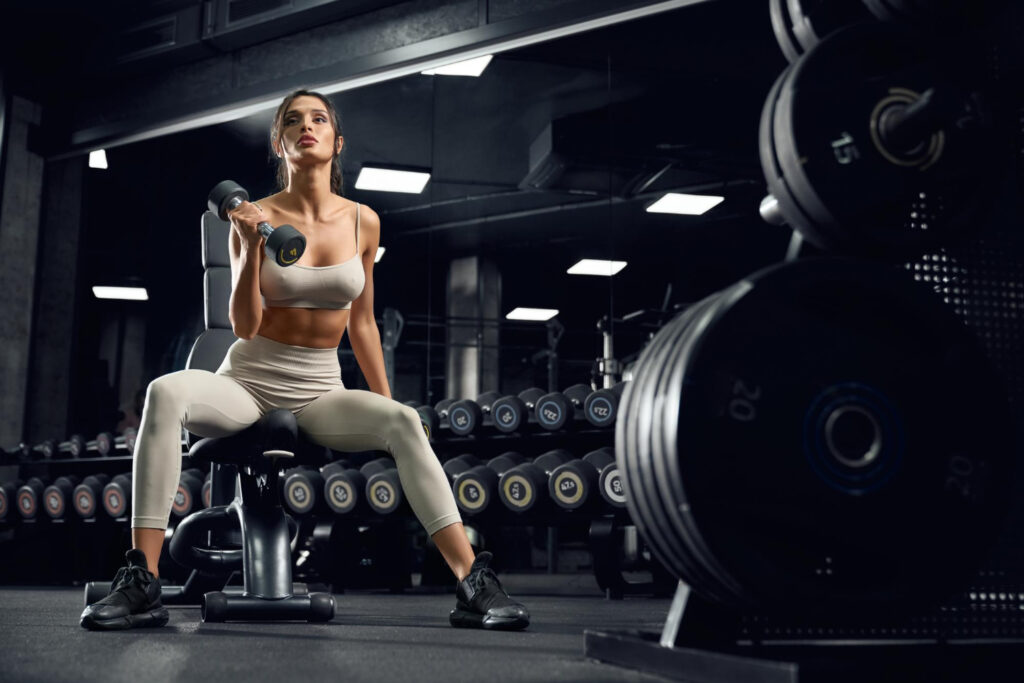
Fix those squats, push-ups, planks, bicep curls, and overhead presses to get stronger and safer. These tips work well and are easy to start using today. Doing these most common exercises done incorrectly the right way matters a lot.
It keeps you from getting hurt and helps you build muscle better. For more help, look at videos or ask a trainer to watch you exercise. Keep trying and don’t give up – every bit of effort adds up in your fitness journey!
FAQs
1. What are the most common exercises done incorrectly?
The top 10 exercises people often get wrong include lunges, pull-ups, and bent over rows. These moves can lead to injuries if not done right.
2. Why is keeping your back flat so important in many exercises?
Keeping your back flat helps avoid strain on your lower back. This is key for exercises like deadlifts and rows to protect you from hurt.
3. How can I make sure I’m doing a lunge correctly?
To do a lunge right, keep your knees in line with your toes and don’t let them go past your feet. Also, keep your upper body straight to avoid poor posture.
4. What’s a common mistake when doing pull-ups?
A big mistake is not pulling yourself up until your chest touches the bar. Remember to keep elbows tucked and start from a dead hang each time for full range of motion.
5. Can incorrect exercise form really cause serious injuries?
Yes! Using improper form, especially with weights, can put too much stress on parts of the body like hips or shoulders leading to serious injuries.
6. Any tips for avoiding these mistakes?
Focus on using proper form rather than lifting heavy weights fast… Keep shoulders back, look straight ahead, and move through the full range of motion slowly.

Author
Years ago, the spark of my life’s passion ignited in my mind the moment I stepped into the local gym for the first time. The inaugural bead of perspiration, the initial endeavor, the very first surge of endorphins, and a sense of pride that washed over me post-workout marked the beginning of my deep-seated interest in strength sports, fitness, and sports nutrition. This very curiosity blossomed rapidly into a profound fascination, propelling me to earn a Master’s degree in Physical Education from the Academy of Physical Education in Krakow, followed by a Sports Manager diploma from the Jagiellonian University. My journey of growth led me to gain more specialized qualifications, such as being a certified personal trainer with a focus on sports dietetics, a lifeguard, and an instructor for wellness and corrective gymnastics. Theoretical knowledge paired seamlessly with practical experience, reinforcing my belief that the transformation of individuals under my guidance was also a reflection of my personal growth. This belief holds true even today. Each day, I strive to push the boundaries and explore new realms. These realms gently elevate me to greater heights. The unique combination of passion for my field and the continuous quest for growth fuels my drive to break new ground.


